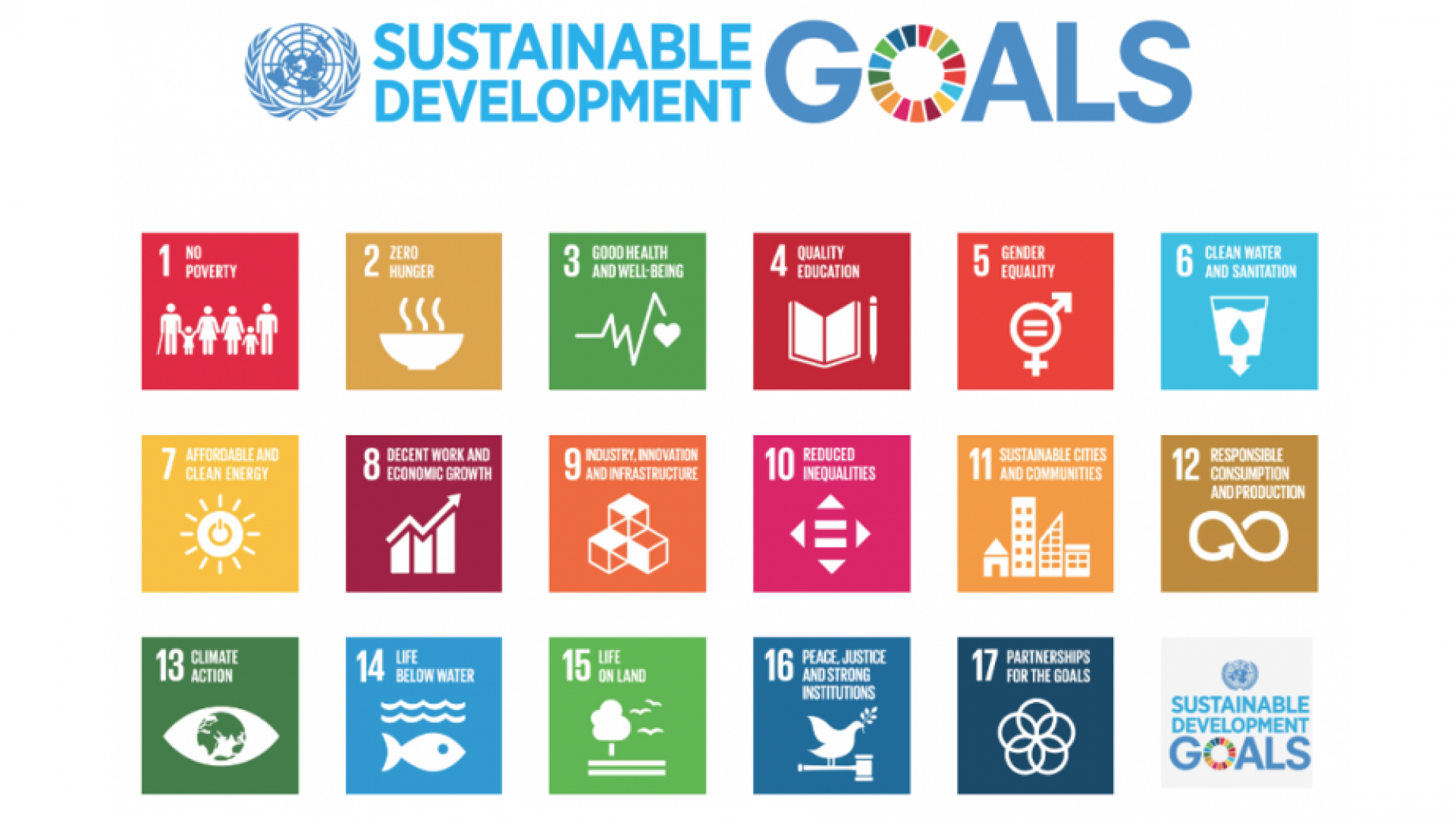The UN Sustainable Development Goals (UNSDGs) are great, so why are they making me feel uncomfortable? They set wonderful global targets to ‘end poverty, protect the planet and ensure prosperity for all’ over the next 15 years. They’re resonating with our clients and matching non-financial activities to SDG icons is a highly discernible trend in our recent annual reports.
And so nearly every integrated or sustainability report that we work on today includes a smattering of SDG icons.
In fact, almost every day I see evidence of an almost exponential ramping up of fervour about the SDGs. Only last night I was at a seminar on charity fund-raising and one of the key strategies put forward by the speaker was the SDGs – in this instance by framing a funding application towards a company’s need to tick an SDG box or two.
"Nearly every report that we work on today includes a smattering of SDG icons."
So, why do I feel uneasy?
Perhaps it’s because I’ve been through the greenwashing era – a time of ‘band-wagon-jumping’ when some companies overstated their environmental credentials to be seen to be doing the right thing.
Perhaps it’s because I get the sense that some companies are just being a tad too quick to jump on the SDG bandwagon. It’s actually pretty easy to ‘re-badge’ existing CSR efforts to fit the SDG formula at a ‘lip service’ level.
Perhaps it’s because I like the intent of the SDGs so much that I’m concerned about them being devalued by cavalier use.
But most of all, I think it’s because I believe that absolute authenticity and transparency works much more effectively than superficiality of badging. Both because companies are rewarded for their honesty in the long term, and because in this age of social media, you'll be found out pretty quickly. The integrity of the use of the SDG icons comes when the depth of strategy and activity is genuinely driven towards improving the underlying goals in the lives of the people the company touches.
"I believe that absolute authenticity and transparency works much more effectively than superficiality of badging."
For me, the integrity test is to assess your strategies and operational initiatives against not just the name on the icon, but on the description that accompanies it. Take ‘Decent work and economic growth’ for example. Does providing jobs and offering a wellness programme really ‘promote inclusive and sustainable economic growth, employment and decent work for all’ when roughly half the world’s population still lives on the equivalent of about US$2 a day? Read the actual wording around this particular SDG here - particularly the Goal 8 Targets section part way down the page - and you’ll see what I mean. In reality, are you only taking credit for solving a first world part of the problem? Are you addressing the goal right through your supply chain?
And that’s only one example. I encourage you to read the wording accompanying all 17 goals before you tack your colours to these particular masts. You might well find that your association with some of them is trite, trivial and verging on overstatement.
"Let’s not play SDG Bingo to see how many boxes we can tick."
Let’s not play SDG Bingo to see how many boxes we can tick. Let’s be authentic in our sustainability activities and how we report on them.

